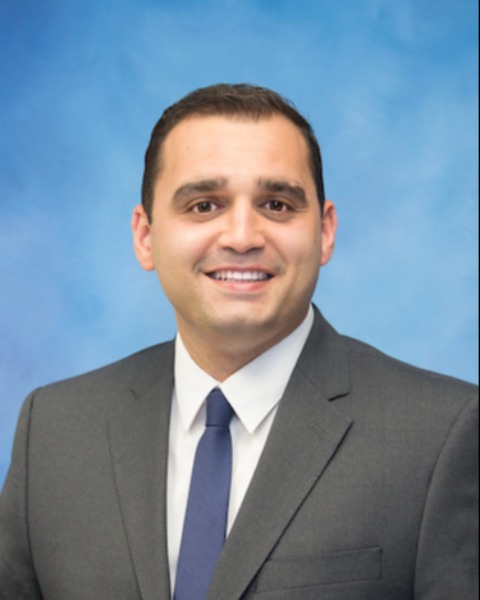Gunshot Wounds and Nonsurvivable Brain Injury: Predictors and Barriers of Successful Organ Donation
-

Gloryanne Gautier Nieves
Einstein Healthcare Network
Philadelphia, PennsylvaniaDisclosure information not submitted.
-

-
SO
Samantha Olafson, MD
Surgical Resident
Einstein Healthcare Network, United StatesDisclosure information not submitted.
-
CW
-
SW
Sharon West, MS
Director of Donation and Transplantation Analytics
Gift of Life Donor Program, United StatesDisclosure information not submitted.
-
RH
Richard Hasz, BS, MSFS
Vice President of Clinical Services
Gift of Life Donor Program, United StatesDisclosure information not submitted.
-
AP
Afshin Parsikia, MD, MPH
Director of Surgical Research
Einstein Healthcare Network, United StatesDisclosure information not submitted.
-
PL
Pak Shan Leung, MD, MS, FACS
Associate Chair of Trauma and Surgical Critical Care
Einstein Medical Center Philadelphia, United StatesDisclosure information not submitted.
-
BM
Benjamin Moran, MD
Assistant Professor of Surgery
Albert Einstein Medical Center, United StatesDisclosure information not submitted.
First Author(s)
Co-Author(s)
Title: Gunshot Wounds and Non-Survivable Brain Injury: Predictors and Barriers of Successful Organ Donation
Background: Trauma patients are potentially eligible for organ donation. Previous reports demonstrate that the trauma population is underutilized for organ donation. In this pool of trauma patients lies a subset of patients who suffered traumatic brain injuries sustained from gunshot wounds (GSW). Our study aims to identify the barriers to organ donation in this pool of potential donors.
Methods: A dataset from 1/2010 – 6/2021 of potential organ donors (POD) who suffered head GSWs was obtained from our donor program (Gift of Life) in Pennsylvania, Delaware, New Jersey. Patients who died prior to initiation of procurement discussions and patients without family were excluded. 521 patients were included and barriers to donation were analyzed with regards to sex, ethnicity, age, donor designation, family involvement, and hospital demographics (location, trauma center designation, transplant center).
Results: Of the 521 patients included, conversion to organ donation was 66%. Nearly all patients were male (89%). Designated donors had a high likelihood of donation, 136 vs 9 (p < 0.001). POD with conversion to donation were generally older (31.6 vs 27.5, p< 0.001), Hispanic (41 vs 9, p=0.01) or White (181 vs 25, p< 0.001), and the cause of injury was suicide (178 vs 38, p< 0.001). Unsuccessful PODs were younger, African American (138 vs 121, p< 0.001) or Asian (3 vs 1, p0.082) and cause of injury was homicide (128 vs 155, p< 0.001). On multivariate regression designated donors had highest predictive value of success with OR 8.55 (p < 0.001) followed by White patients (OR 6.4, p< 0.001) and Hispanic patients (OR 4.5, p< 0.001). Hospital demographics (location, trauma center level, transplant designation) had no significant impact on multivariate regression. Similarly, family decision makers, parent, son/daughter, sibling, or spouse had no significant effect on donation decision.
Conclusion: The most common barriers to donation identified in patients who sustained GSW to the head were non-designated patients, younger patients, African Americans, and homicide as cause of death. Interestingly, hospital demographics and family decision makers had no significant impact on donation success. On multivariate regression, the highest chance of successful donation were patients who were designated donors, White or Hispanic.
